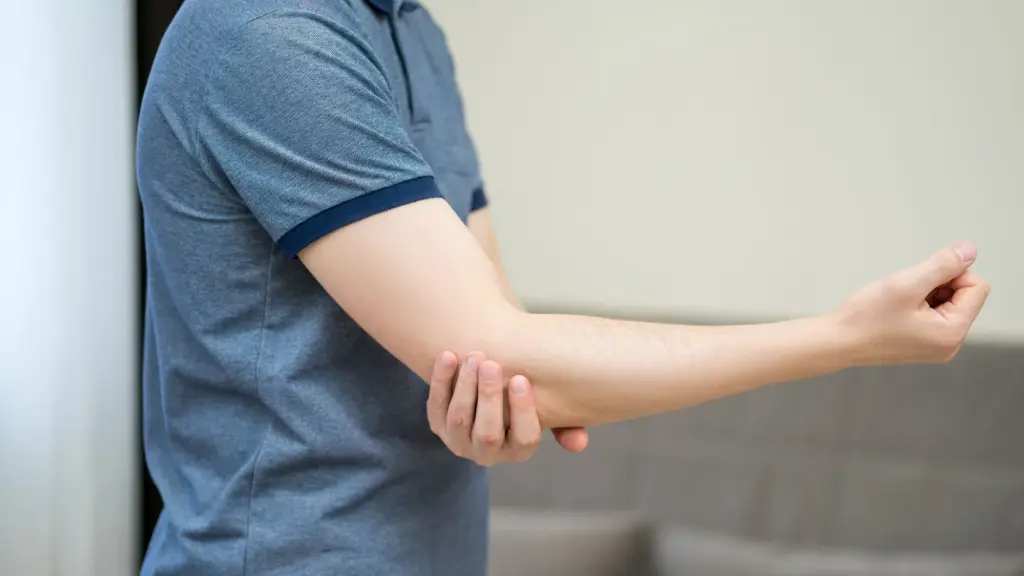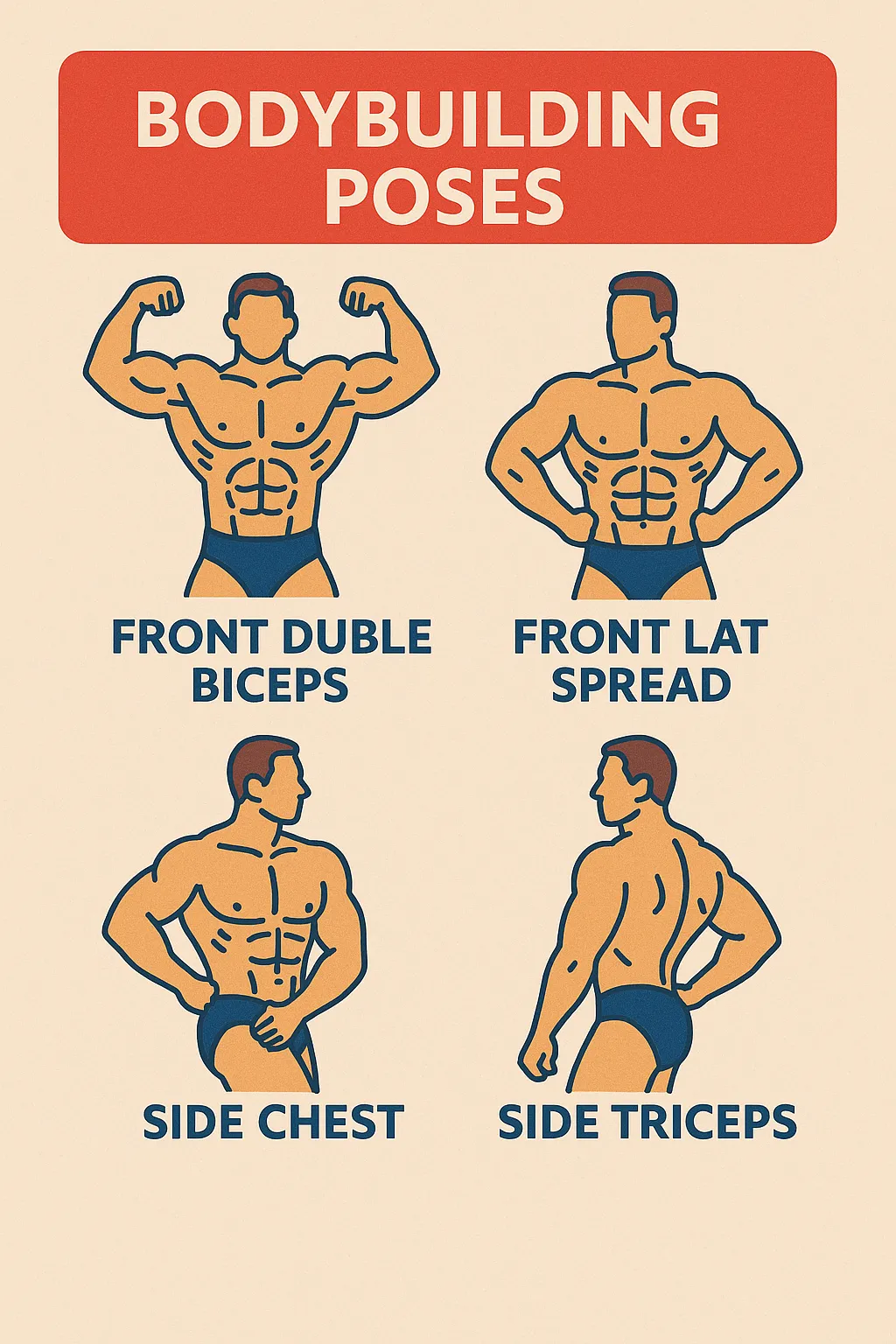Nerve gliding exercises for the arm and hand may help relieve pain associated with cubital tunnel syndrome. Exercises may involve elbow flexion and wrist extension, head tilt, and more.

The cubital tunnel is located in the elbow and is a 4-millimetre tube between the bones and tissue.
It surrounds the ulnar nerve, one of several nerves providing movement and sensation to the arm and hand. The ulnar nerve goes from the neck to the shoulder, down the back of the arm, around the inside of the elbow and ends at the hand in the fourth and fifth fingers. Due to the tiny entrance of the cubital tunnel, it can be readily injured or constricted through repetitive activity or trauma.
Citing the Postgraduate Medical Journal, cubital tunnel syndrome ranks second among peripheral nerve entrapment syndromes behind carpal tunnel. Particularly in the areas under ulnar nerve control, such as the ring and pinky finger, it might result in arm and hand symptoms, including pain, numbness, and muscular weakness.
What Can Be Done as Daily Activities?
Daily activities include leaning on your elbows for lengthy periods, sleeping with your arms bent, or repeated arm movement, causes compression. Direct damage to the interior of the elbow, such as when you strike your funny bone, can also trigger ulnar nerve pain sensations.
Pain-reducing conservative therapies include nonsteroidal anti-inflammatory drugs (NSAIDs), including ibuprofen, heat and cold, bracing and splinting, and various physical therapy techniques, including ultrasound and electrical stimulation. Some exercises, such as nerve gliding movements for the arm and hand, can also help reduce cubital tunnel syndrome-related pain.
Goal of Nerve Gliding Exercises
Anywhere along the ulnar nerve route, inflammation or adhesions can restrict the nerve’s mobility and practically trap it in one location. These workouts promote ulnar nerve stretching and cubital tunnel mobility.
1. Elbow Flexion and Wrist Extension
Equipment needed: none
Nerve targeted: ulnar nerve
Sit tall and reach the affected arm out to the side, level with your shoulder, with the hand facing the floor. Flex your hand and drag your fingers up toward the ceiling. Bend your arm and bring your hand toward your shoulders. Repeat slowly 5 times.
2. Head Tilt
Equipment needed: none
Nerve targeted: ulnar nerve
Sit tall and reach the affected arm out to the side with the elbow straight and the arm level with your shoulder. Turn your hand up toward the ceiling. Tilt your head away from your hand until you feel a stretch. To increase the stretch, extend your fingers toward the floor. Return to starting position and repeat slowly 5 times.
3. Arm Flexion in Front of Body
Equipment needed: none
Nerve targeted: ulnar nerve
Sit tall and reach the affected arm straight out in front of you with your elbow straight and arm level with your shoulder. Extend your hand away from you, pointing your fingers toward the earth. Bend your elbow and bring your wrist nearer your face. Repeat slowly 5-10 times.
4. A-OK
Equipment needed: none
Nerve targeted: ulnar nerve
Sit tall and reach the affected arm out to the side, with elbow straight and arm level with your shoulder. Turn your hand up toward the ceiling. Touch your thumb to your first finger to make the “OK” sign.
Bend your elbow and pull your hand toward your face, wrapping your fingers around your ear and jaw, placing your thumb and first finger over your eye like a mask. Hold for 3 seconds, then return to the starting position and repeat 5 times.
Warnings
Always check your doctor before beginning a new workout routine. If these activities induce an acute shooting pain, cease immediately and speak with your doctor.
These workouts may induce a momentary tingling or numbness in the arm or hand. If this discomfort persists after rest, quit and get treatment. Surgery may be necessary for cubital tunnel syndrome when conservative therapy proves ineffective.
Key Takeaway
Nerve gliding activities may help alleviate pain associated with cubital tunnel syndrome. Repeat these exercises once a day, three to five times a week, or as tolerated.
A 2008 studyTrusted Source, looked at the efficacy of neural mobilization in randomized controlled trials and concluded that eight out of the 11 papers reviewed revealed a positive benefit. Although promising, no conclusive conclusions were established to support its use, due to the lack of quality and quantity of available studies at this time.







